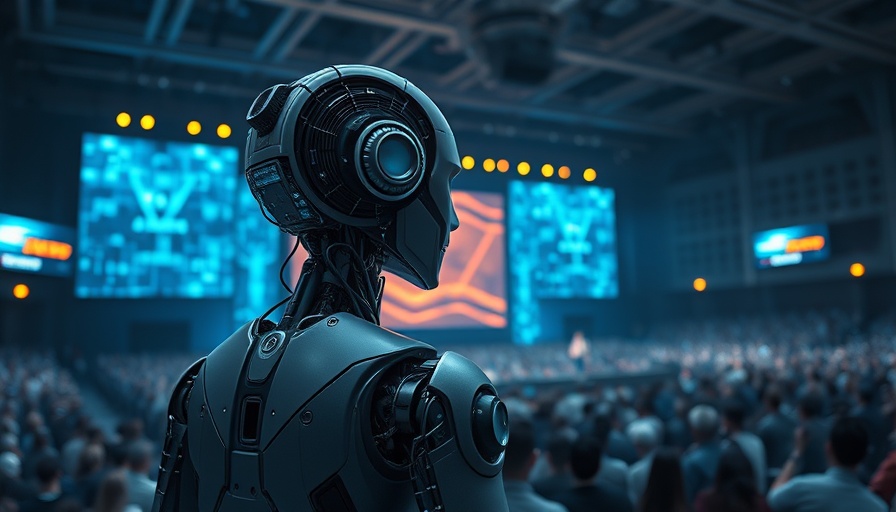
Unpacking the Advancements in AI Video Generation
Artificial Intelligence (AI) continues to revolutionize various sectors, with AI video generation emerging as a particularly fascinating area. In the video titled This AI Video Generation FEELS so real it's like a Simulated World, the discussion centers on the latest model from Miniax, known as Halo AI version 2. This model stands out due to its exceptional capabilities in accurately simulating real-world physics and cinematic quality, marking a significant leap in the field. As we delve into this topic, let's explore the implications of these advancements on various industries.
In the video titled This AI Video Generation FEELS so real it's like a Simulated World, the discussion dives into advanced AI video generation, showcasing innovations that warrant a closer examination.
The Power of Cinematic Realism with Halo AI
The Halo AI version 2 showcases a remarkable understanding of human anatomy and real-world physics. For example, in various test scenarios, AI-generated characters performed acrobatics and navigated complex environments with a level of realism that is quite astonishing. The ability to produce coherent and engaging scenes—like a tabby cat executing a front flip off a diving board—illustrates not just creativity in design but also the underlying physics modeling that makes these animations feel organic.
Potential Applications Across Industries
The potential applications of this technology are vast. Beyond entertainment, business sectors, including marketing and training simulations, can leverage AI video generation to create more immersive experiences. Imagine AI-generated video content that adapts to user interactions in real time or produces tailored marketing materials that resonate with targeted consumer bases. This technology could redefine storytelling in marketing, making it more engaging and personalized.
Comparing AI Generation Models: What Sets Halo AI Apart?
Halo AI version 2 is being compared to other models, revealing both strengths and weaknesses. While models like V3 excel in stylization and sound, Halo AI's emphasis on realistic movement offers an innovative edge suitable for businesses looking to create authentic experiences. The comparison highlighted how Halo AI's physics adherence enhances the storytelling ability of AI-generated content, giving it a significant advantage for applications in promotional videos and user experiences.
Challenges and Limitations: The Quest for Open-Source Solutions
Despite its impressive capabilities, there are drawbacks to consider. For one, the lack of open-source availability means that some users may find themselves limited in customizing the software to suit their unique needs. There’s a desire within the tech community for upgraded models to be more accessible, allowing businesses to create and experiment without substantial investment. This gap emphasizes the need for a dialogue on democratizing advanced AI technology.
Future Insights: What Lies Ahead for AI Video Generation?
The advancements in AI video generation, particularly from models like Halo AI, herald an exciting future. As companies increasingly integrate AI into their strategies, the potential for sophisticated, engaging video content will likely become commonplace. The capacity to generate multi-dimensional content that responds to consumer needs in real-time could redefine marketing approaches and consumer engagement strategies.
In conclusion, the progression in AI video generation not only enriches the media landscape but also challenges businesses to rethink their marketing strategies. If you're a business owner curious about how to harness AI technology for your own marketing initiatives—or simply want to explore the potential of AI in your field—GET STARTED WITH AI TODAY.
 Add Row
Add Row  Add
Add 




Write A Comment